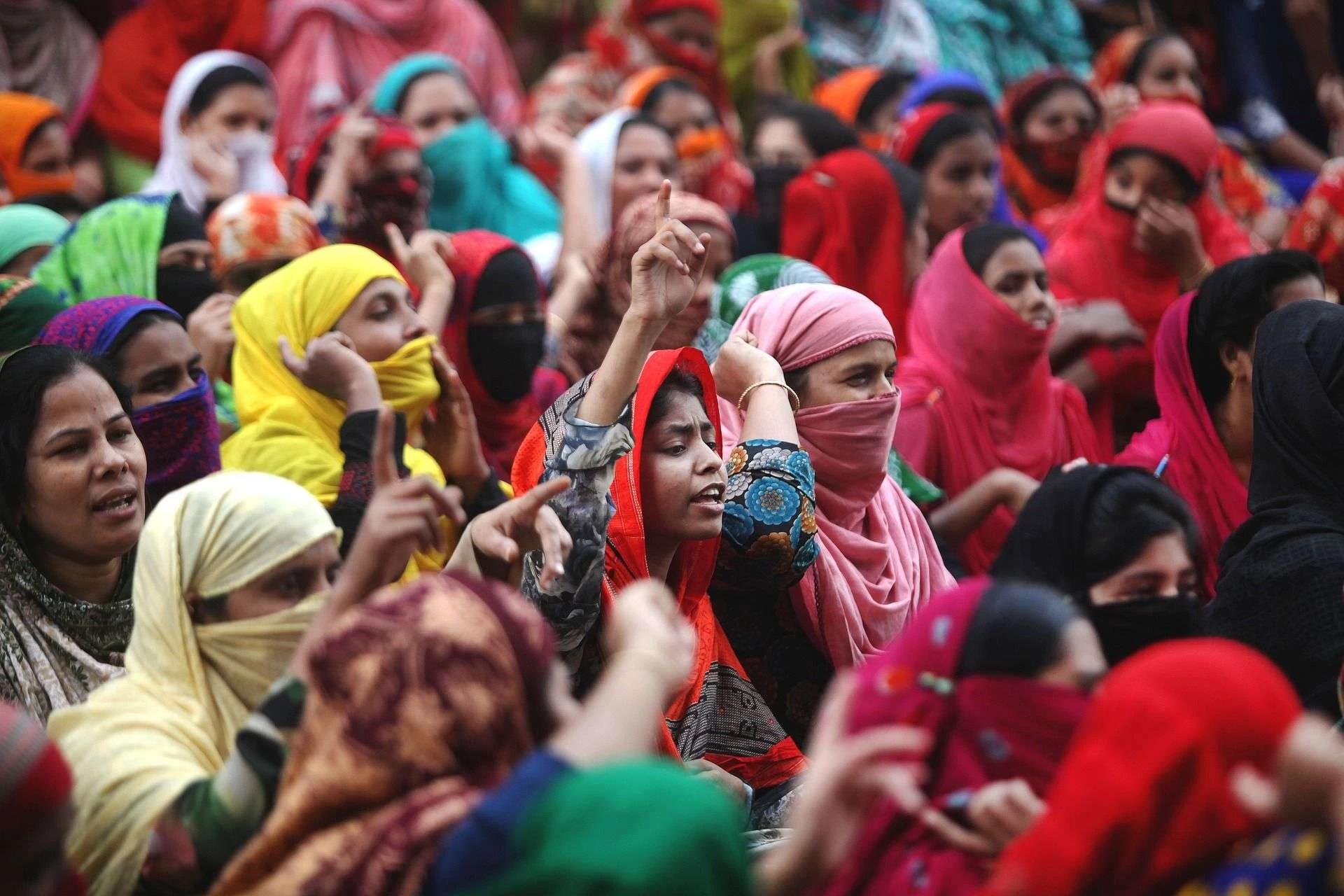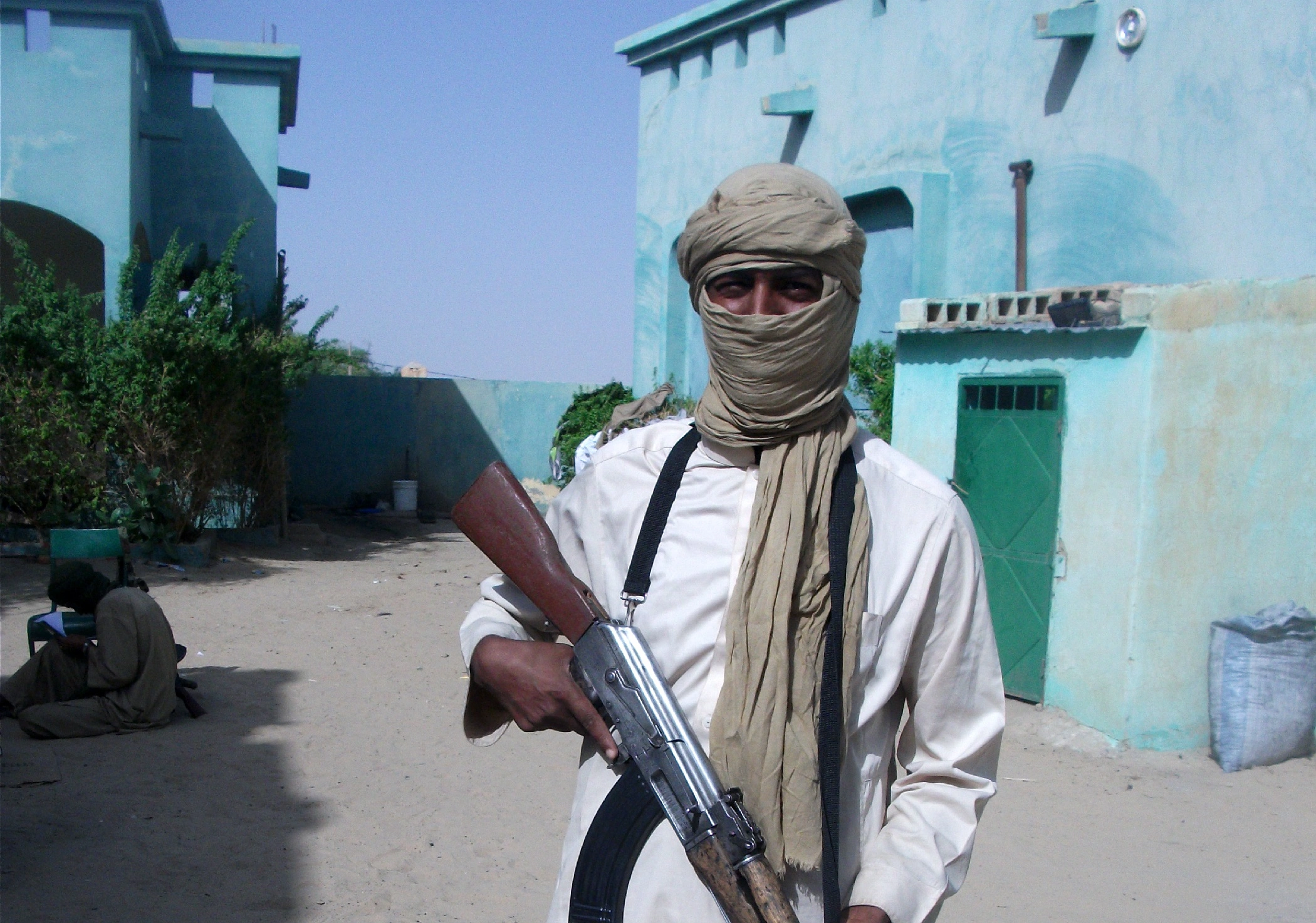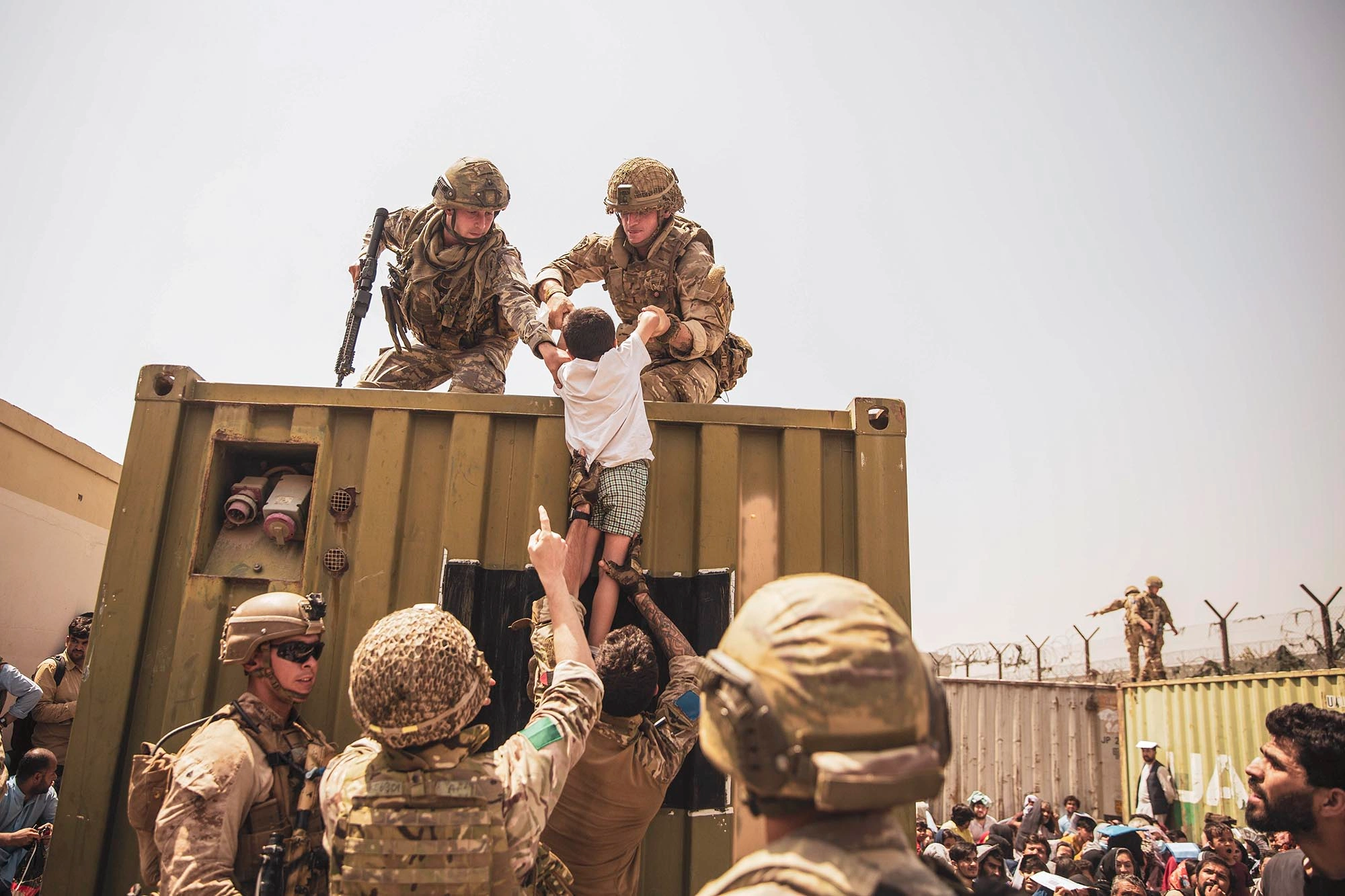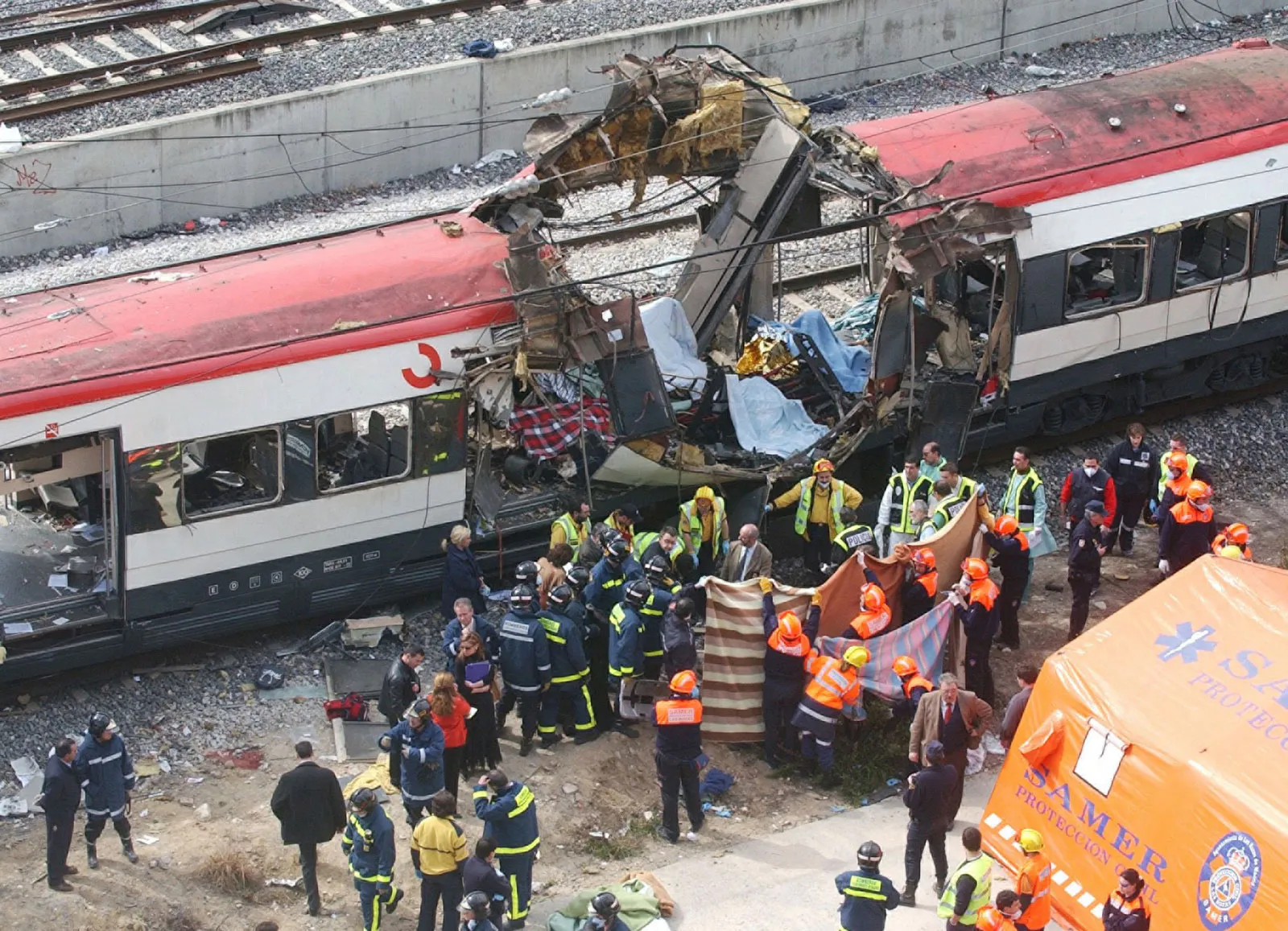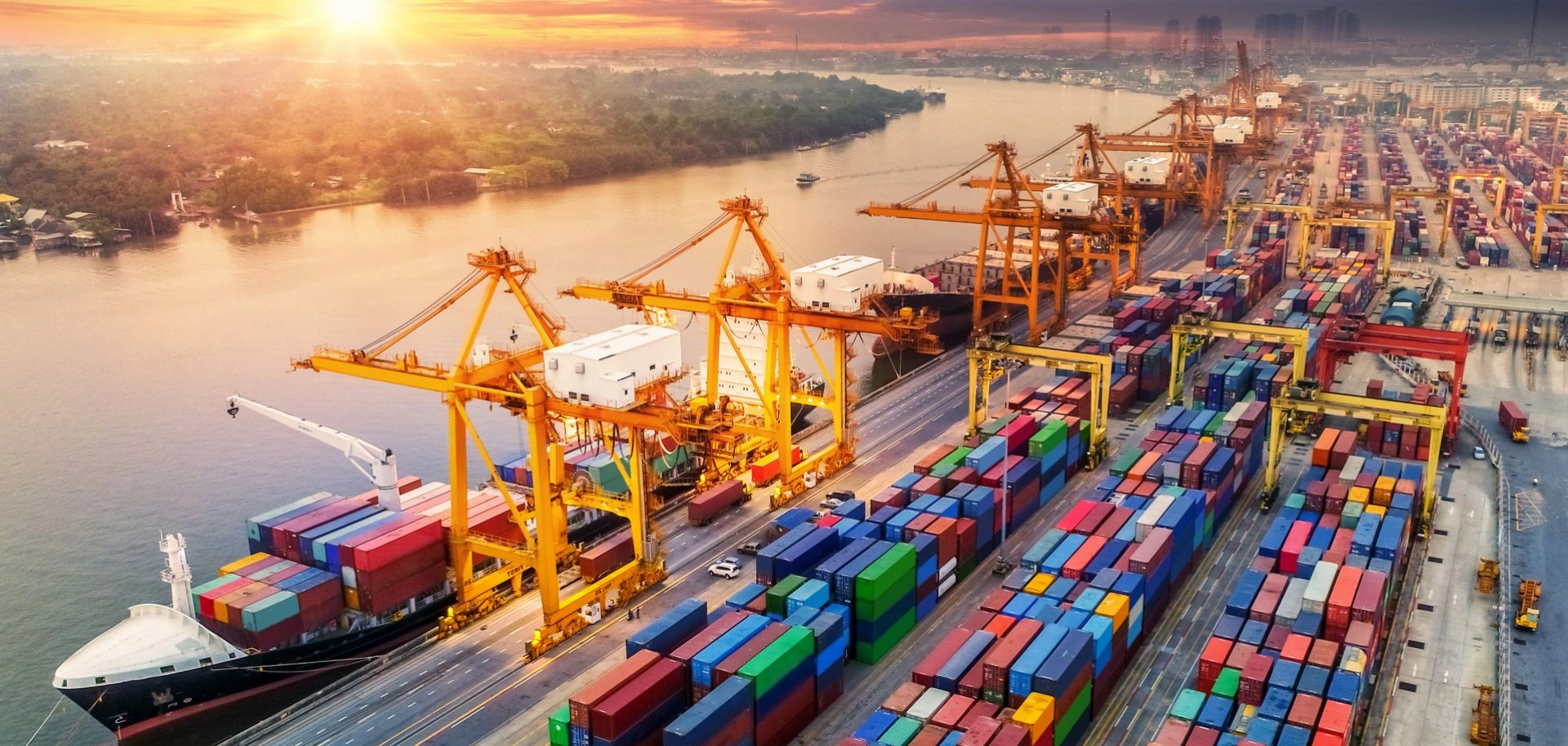Damascus, Syria – Fourteen years of war have devastated Syria’s economy, infrastructure, and social fabric, wiping out four decades of progress, according to a United Nations Development Programme (UNDP) report released on February 20, 2025. The report, The Impact of the Conflict in Syria, presents a grim assessment of the country’s decline, detailing economic losses, humanitarian suffering, and long-term recovery challenges.
Also See: The Fall of Assad: Syria’s Future in Crisis
Economic Catastrophe: $800 Billion in Lost GDP
Syria’s economy has suffered an estimated $800 billion loss in Gross Domestic Product (GDP), setting the nation back by decades. With a mere 1.3% annual growth rate, full recovery is projected to take 55 years, extending until 2080. For a turnaround in 15 years, a 5% annual growth rate is required, while a full-fledged economic resurgence would demand an extraordinary 14% annual expansion.
Humanitarian Crisis: Poverty and Displacement Surge
The report reveals that three out of four Syrians now rely on humanitarian aid for essential services, including food, water, healthcare, and housing. Poverty has nearly tripled, with 90% of the population struggling to meet basic needs, while 66% live in extreme poverty—six times higher than pre-war levels.
The conflict has taken a staggering human toll, with over 600,000 people dead and 113,000 missing. The collapse of the healthcare system continues to claim countless lives, while the exodus of skilled workers and professionals further weakens recovery efforts.
Education in Ruins: Millions of Children Out of School
The crisis has particularly affected Syria’s younger generation. Nearly half of the country’s children between the ages of 6 and 15 are out of school, raising concerns about a lost generation. The destruction of schools and displacement of families have compounded the problem, leaving millions without access to education.
Infrastructure Decimated: Homes, Water, and Power Systems in Collapse
One-third of Syria’s homes have been either destroyed or damaged, displacing 5.7 million people. The war has severely impacted essential utilities, with half of the country’s water facilities and sewer systems damaged, leaving 14 million Syrians without clean drinking water. Additionally, 70% of power infrastructure is in ruins, slashing energy output by 80% and exacerbating the humanitarian crisis.
Economic Paralysis: Sanctions and Isolation Weigh Heavily
Beyond the physical destruction, Syria’s economy faces crippling international sanctions and restricted access to global markets. The country’s reliance on limited trade partners, primarily Iran and Russia, further exposes structural vulnerabilities, making economic recovery even more challenging. Meanwhile, industries remain collapsed, and job opportunities remain scarce, deepening the economic despair of millions.
Prospects for Recovery: Policy Shifts and Regional Support Essential
The UNDP report underscores the enormity of Syria’s recovery challenge, with economic projections appearing overly optimistic given the prevailing instability. Without significant policy shifts, increased regional cooperation, and a concerted global aid effort, stagnation is likely to persist.
Instability continues to deter investment, making balanced security policies and economic confidence key to revitalization efforts. Strengthening regional trade partnerships may offer a crucial buffer against Western-imposed sanctions and provide a pathway toward economic resilience.
As Syria grapples with the aftermath of more than a decade of war, the road to recovery and progress remains long and uncertain. The report highlights the urgent need for international and regional efforts to stabilize the economy and rebuild the shattered nation before further generations are lost to conflict and poverty.


